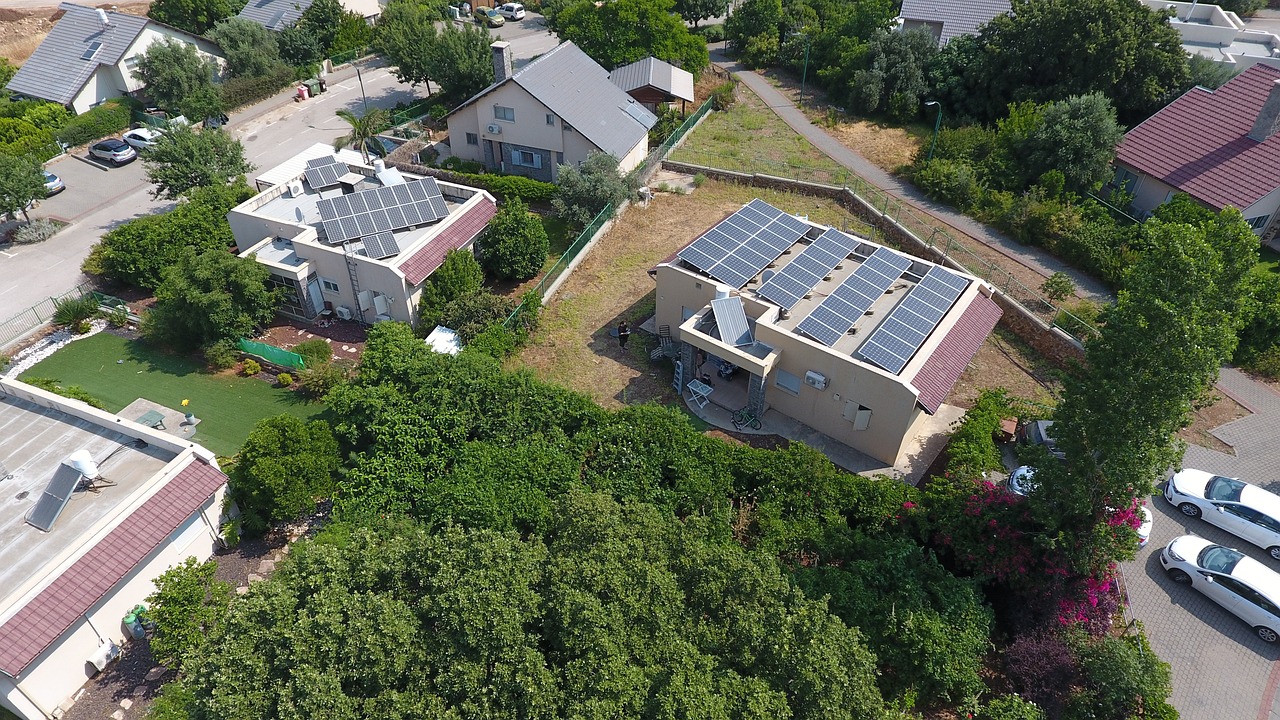Are you interested in installing solar panels in your home? Not only can they help you save money on your energy bills, but they can also reduce your carbon footprint. In this guide, we will provide a step-by-step process for installing solar panels, as well as tips for maximizing energy production and minimizing costs.
Step 1: Evaluate Your Home’s Solar Potential
Before installing solar panels, you need to determine if your home is a good candidate for solar energy. Evaluate the amount of sunlight your roof receives and any potential obstructions, such as trees or nearby buildings. You can use online solar calculators to estimate your solar potential and energy savings.
Step 2: Determine Your Energy Needs
Next, you need to determine your energy needs to determine how many solar panels you need. Look at your energy bills to determine your average energy usage, and consider any future changes in energy usage, such as purchasing an electric vehicle.
Step 3: Find a Solar Installer
To ensure your solar panels are installed properly, find a reputable solar installer in your area. Research multiple companies, read reviews, and ask for referrals from friends and family.
Step 4: Design Your Solar System
Your solar installer will design a solar system that meets your energy needs and maximizes energy production. They will also take into account any local regulations or building codes.
Step 5: Install Your Solar Panels
Once you have a solar system design, your installer will begin the installation process. This typically involves installing mounts on your roof, wiring your solar panels to your electrical system, and connecting to the grid.
Step 6: Connect to the Grid
To receive credit for any excess energy produced by your solar panels, you need to connect to the grid. Your installer will take care of the necessary paperwork and inspections to ensure your solar system is up and running.
Tips for Maximizing Energy Production and Minimizing Costs
To maximize the energy production of your solar panels and minimize costs, consider the following tips:
- Clean your solar panels regularly to remove any dirt or debris that may obstruct sunlight.
- Monitor your solar system’s performance to ensure it is working at optimal efficiency.
- Use energy-efficient appliances and lighting to reduce your energy usage.
- Consider installing a battery backup system to store excess energy for use during power outages.
- Take advantage of any available tax credits, rebates, or incentives to reduce the upfront cost of your solar system.
Installing solar panels in your home can be a great way to save money and reduce your carbon footprint. By following our step-by-step guide and utilizing our tips for maximizing energy production and minimizing costs, you can harness the power of the sun and enjoy the benefits of renewable energy.
